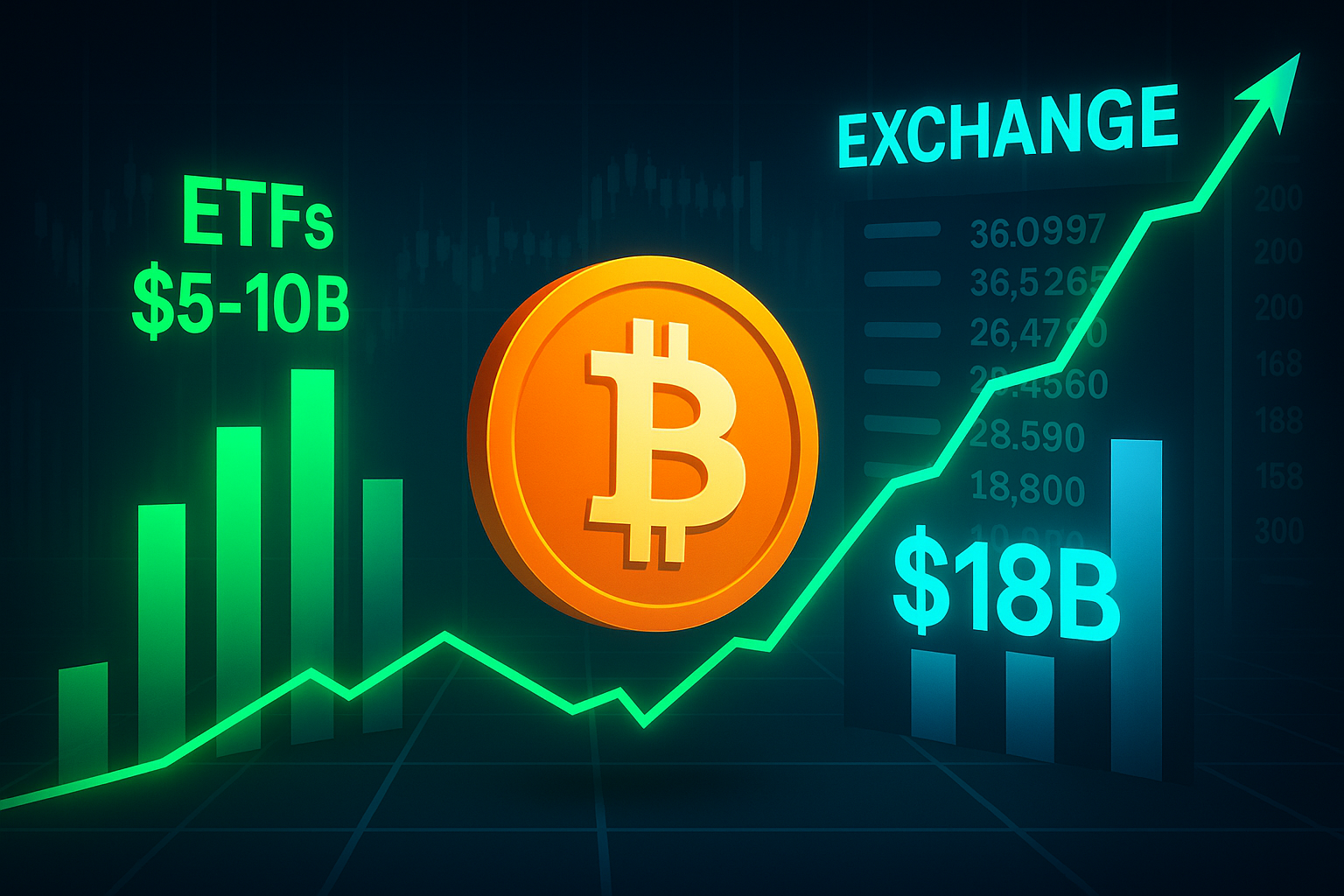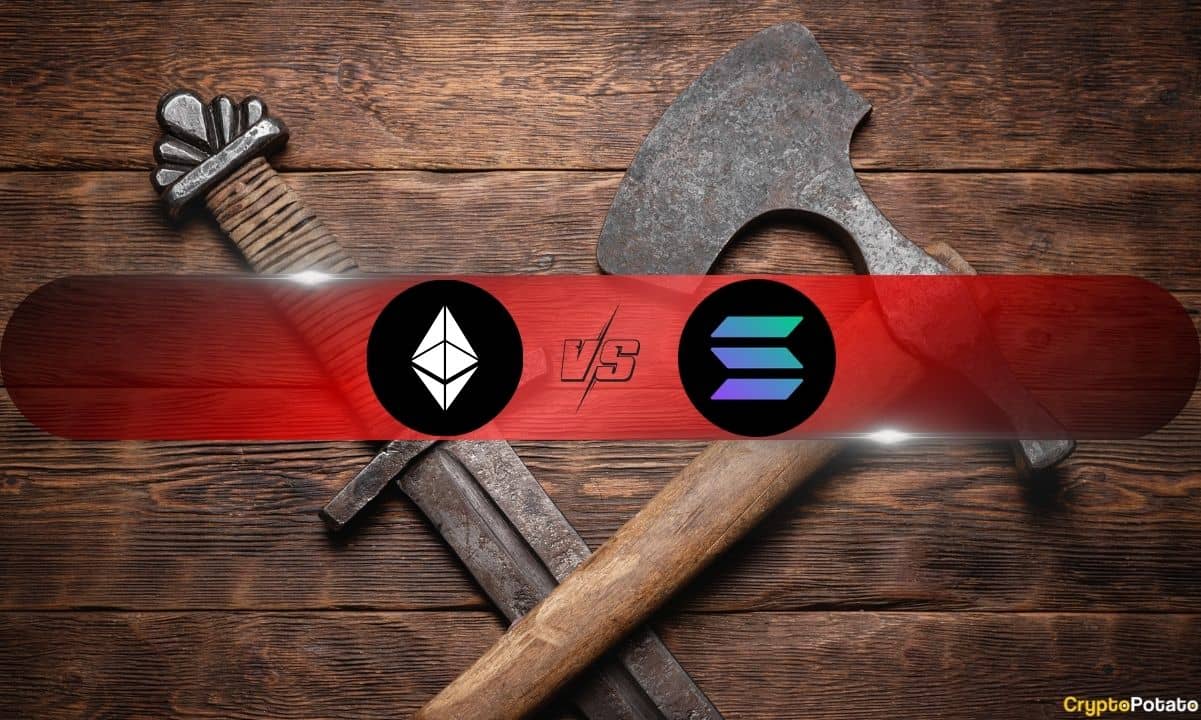In a bold move that signals a significant shift in the block reward mining landscape, Bit Digital, Inc. (NASDAQ: BTBT), a New York-based, Nasdaq-listed crypto firm with a market capitalization of $489 million, announced in May that it is exiting BTC mining entirely to focus on Ethereum (ETH) staking and treasury operations.
This strategic pivot, driven by rising BTC mining costs, diminishing returns, and the allure of ETH’s proof-of-stake (PoS) model, reflects broader industry trends toward sustainability and capital efficiency. The announcement, however, triggered a 4-8% drop in Bit Digital’s stock price, highlighting investor uncertainty about the transition.
As the company repositions itself, it aims to capitalize on ETH’s growing institutional appeal and long-term yield potential, potentially reshaping its investor base and market position.
Bit Digital’s decision comes at a challenging time for BTC mining. The April 2024 BTC halving slashed block rewards from 6.25 to 3.125 BTC, significantly impacting miners’ revenue. Compounding this, BTC mining difficulty reached an all-time high of 126.98 trillion in May 2025, driven by a 14-day average hashrate of 913.54 EH/s. Transaction fees, a critical revenue stream, dropped to just 1.3% of block rewards in May, falling below 1% in June.
Bit Digital’s Q1 2025 financials reflect this squeeze: BTC mining revenue plummeted 64% year-on-year to $7.8 million, with only 83.3 BTC mined, an 80% decline from the previous year. High energy costs and continuous hardware upgrades further eroded margins, making BTC mining increasingly unsustainable for the firm.
“Our first quarter results were affected by mark-to-market losses on digital assets and lower bitcoin mining revenue, both of which reflect industry-wide headwinds and the strategic rebalancing of our business. We continued to make meaningful progress in scaling our infrastructure platform and diversifying our revenue streams,” the company stated.
In contrast, ETH’s PoS mechanism, implemented after the 2022 Merge, offers a compelling alternative. Staking allows firms to lock up ETH to secure the network, earning annual yields of 4-6.5% with significantly lower energy consumption than BTC’s energy-intensive proof-of-work (PoW) model. Bit Digital began building its ETH staking infrastructure in 2022, and by March 31, 2025, held 24,434.2 ETH valued at $44.6 million and 417.6 BTC worth $34.5 million.
The company plans to gradually convert its BTC holdings into ETH, with proceeds from the sale or wind-down of its BTC mining operations—spanning facilities in the United States, Canada, and Iceland—reinvested into ETH staking. Additionally, Bit Digital announced a public offering of ordinary shares, led by B. Riley Securities, to fund further ETH purchases, though the offering’s size and terms remain undisclosed.
The pivot aligns with a broader shift in institutional capital toward ETH, driven by its staking yields and the liquidity provided by liquid staking derivatives (LSDs). The Ethereum Shapella upgrade in April 2023 enabled ETH withdrawals, boosting demand for LSDs like stETH, which allow staked assets to be traded or used as collateral in decentralized finance (DeFi). This mechanism enhances capital efficiency and lowers staking barriers, making ETH attractive to yield-focused investors. Bit Digital’s move positions it as the third-largest publicly traded ETH holder, behind SharpLink Gaming (NASDAQ: SBET) and Coinbase (NASDAQ: COIN), with plans to increase its ETH reserves by over 18,000 ETH through BTC conversions.
However, the transition is not without risks. Bit Digital’s stock fell 3.7% on June 25, with an additional 4.3% drop in after-hours trading, reflecting investor concerns about short-term volatility. Legacy BTC mining investors may exit, and the firm’s rapid cash burn, despite 52.44% revenue growth over the past year, raises questions about financial sustainability.
The ETH/BTC ratio, down 75% since December 2021, suggests BTC’s recent outperformance, adding uncertainty to Bit Digital’s bet on ETH. Yet, growing interest in ETH exchange-traded funds (ETFs) and staking’s stable returns could attract new institutional investors, particularly those prioritizing Web3-based income strategies.
Bit Digital’s pivot also coincides with its expansion into high-performance computing (HPC). Its subsidiary, WhiteFiber Inc., secured a $43.9 million financing facility from the Royal Bank of Canada to develop a Tier-3 artificial intelligence (AI) data center in Quebec, set for completion by Q4 2025.
Additionally, WhiteFiber acquired a North Carolina property for a 24 MW AI data center campus and is preparing for a potential initial public offering (IPO). These moves diversify Bit Digital’s portfolio, leveraging its computational expertise beyond crypto.
“This financing is a breakthrough for WhiteFiber and our sector,” said Bit Digital CEO Sam Tabar. “No other company operating at the intersection of HPC Cloud and data centers has secured financing of this nature, to our knowledge. We believe that this is a strong endorsement of our business model, the quality of our assets, balance sheet, and ability to execute.”
As BTC mining faces mounting pressures, Bit Digital’s shift to ETH staking reflects a strategic response to industry challenges and opportunities. While the transition carries risks, it positions the firm to capitalize on ETH’s growing role in the digital economy, potentially setting a precedent for other miners to follow.
Watch: Unpacking Bitcoin sustainability at the London Blockchain Conference

















 English (US) ·
English (US) ·